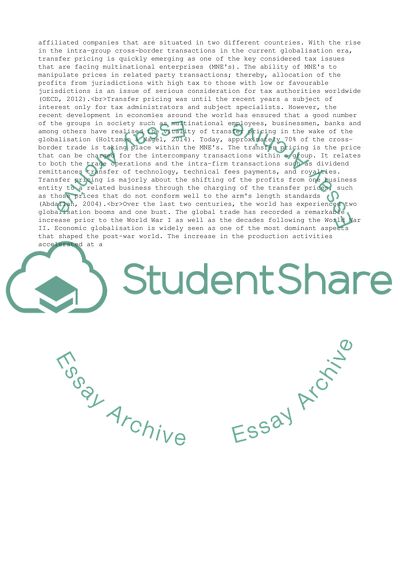Cite this document
(Management Accounting Techniques Essay Example | Topics and Well Written Essays - 2500 words, n.d.)
Management Accounting Techniques Essay Example | Topics and Well Written Essays - 2500 words. https://studentshare.org/management/1858714-management-accounting-techniques
Management Accounting Techniques Essay Example | Topics and Well Written Essays - 2500 words. https://studentshare.org/management/1858714-management-accounting-techniques
(Management Accounting Techniques Essay Example | Topics and Well Written Essays - 2500 Words)
Management Accounting Techniques Essay Example | Topics and Well Written Essays - 2500 Words. https://studentshare.org/management/1858714-management-accounting-techniques.
Management Accounting Techniques Essay Example | Topics and Well Written Essays - 2500 Words. https://studentshare.org/management/1858714-management-accounting-techniques.
“Management Accounting Techniques Essay Example | Topics and Well Written Essays - 2500 Words”. https://studentshare.org/management/1858714-management-accounting-techniques.


